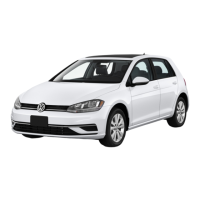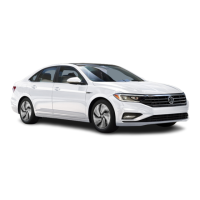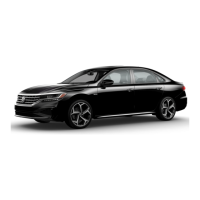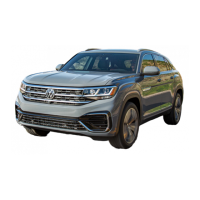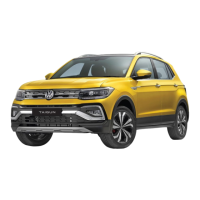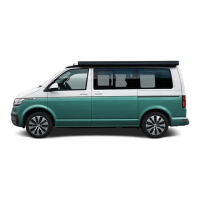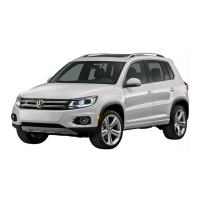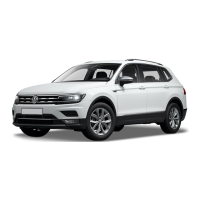The protective function of the seat is reduced.
The use of seat belts can cause serious injury.
•
Never remove the seat belt while driving.
•
Use one seat belt per occupant.
•
Never carry a child or infant on your lap or
restrain it with the same seat belt that you
are wearing.
•
Do not ride with thick, baggy clothing, e.g. a
coat over a jacket, as this makes it difficult to
adjust the seat belt correctly.
The security of the vehicle and thus reduce its
ability to protect itself.
Damaged seat belts increase the risk of serious or
fatal injury. If the belt webbing or other parts of
the belt are damaged, the belt may break in the
event of an accident or braking.
•
Never pinch the seat belt with the door or seat
mechanism as this may damage the seat belt.
•
In the event of damage to the fabric,
connections, the automatic rewinder or the
belt module of a safety belt, immediately
contact the manufacturer.
The specialist workshop must use the correct
spare parts for the vehicle, equipment and
model year. The specialist workshop must use
the appropriate spare parts for the vehicle,
equipment and model year. Volkswagen
recommends that a Volkswagen dealer be
consulted for this.
•
Never attempt to repair, modify or dismantle
the safety belts or their attachments yourself.
Encar-
Always refer any necessary repairs to seat
belts, automatic reels and locking modules to
a specialist workshop.
•
After an accident, have seat belts that have
become excessively distended replaced by a
specialist workshop.
because of the stress to which they have been
subjected. They may need to be replaced even
if there is no noticeable damage. Also check the
seat belt anchorages.
Introduction to the topic
Not wearing a seat-belt or wearing a seat-belt
incorrectly can increase the risk of serious or fatal
injury.
•
Before setting off, always sit in the correct
position, always wear the seatbelt appropriate
to your body weight, and always wear the
seatbelt that corresponds to your weight.
The vehicle must be correctly positioned and
always be properly co-located at all times during
the journey.
•
Before and during the journey, secure children
in a restraint system appropriate to their
weight and height with the child restraint belt.
The safety cord is correctly positioned
→ p. 42.
•
Always insert the seatbelt tongue into the
seatbelt buckle of the co-directional seatbelt.
The belt must be properly fastened and correctly
locked. The use of the appropriate belt buckle
shall be
between the steering wheel and the sternum → fig. 19 and from
so that you can hold the steering wheel with both
hands on the sides, on the outside, with your arms
slightly bent.
—
The steering wheel shall always point in the
direction of the chest, never towards the face.
—
Position the backrest of the seat almost vertically
so that the back rests completely on it.
—
Adjust the seat so that you can step on the
pedals with your knees slightly bent and that
there is a distance between your knees and the
dashboard of at least 10 cm (approx. 4 inches)
→ fig. 19 B .
—
Adjust the seat height so that it reaches the
highest point of the steering wheel.
The following also applies to the accompanying person:
—
Position the backrest of the seat almost vertically
so that the back rests completely on it.
—
Move the seat as far back as possible so that the
airbag can protect you as much as possible in
the event of an airbag deployment.
Safety belts
In the event of braking or an accident, properly
fitted seat-belts keep the vehicle occupants in the
correct position and offer the best possible
protection.

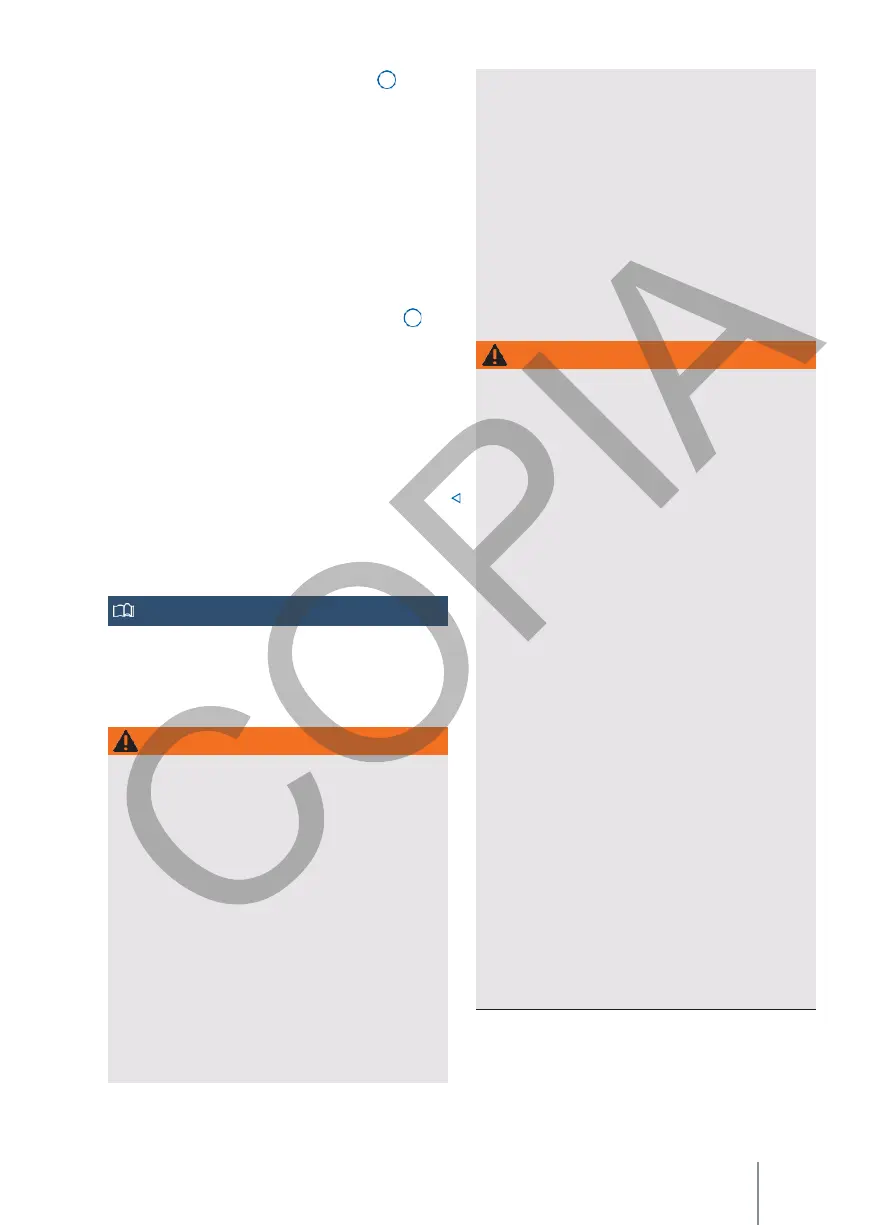